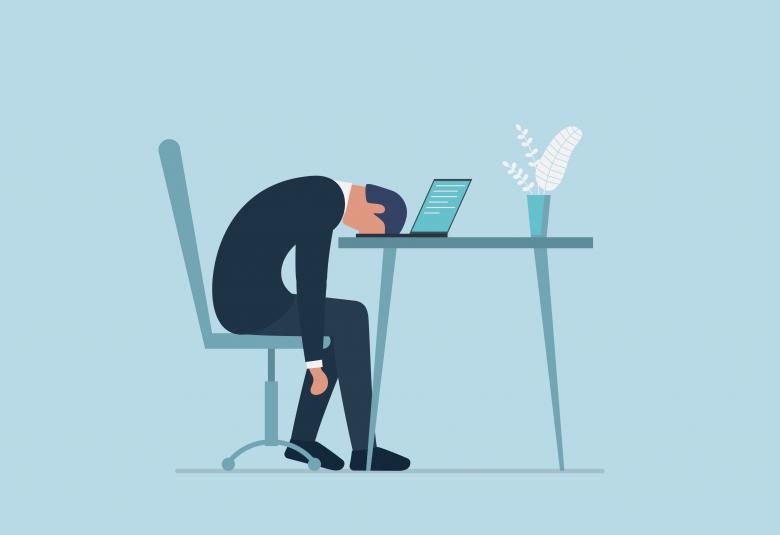It’s not all doom and gloom about negative symptoms in schizophrenia. Indeed, much has been done in teasing out some understanding of the underlying issues, as noted during a satellite session entitled ‘Negative symptoms and schizophrenia: pathophysiological mechanisms and relevance to functional outcomes’ that was held during ECNP 2016.
Negative symptoms – separate clusters
Understanding the causes and treatments of negative symptoms in schizophrenia is challenging, as Armida Mucci, Italy, explained. Research has been hampered by researchers focusing on negative symptoms as a broad entity instead of as two distinct clusters – avolition and expressive deficit – each with likely different underlying pathologies.
Such differences between the two symptom clusters are exemplified by the finding that avolition, but not expressive deficit, has a strong correlative relationship with real-life functioning. This impact of avolition on functioning is independent of social cognition, neurocognition and functional capacity.
Focus on avolition
Thus, Dr Mucci suggests, avolition and its constituent individual symptoms should receive the highest priority in research into its pathophysiological mechanisms and innovative treatment strategies in order to better be able to improve real-life functioning.
Brain connectivity and negative symptoms
Seeking the altered brain connectivity underlying negative symptoms in schizophrenia using neuroimaging techniques has generated conflicting finding, Oliver Gruber, Germany, explained. This is despite attempts to focus on more specific constructs of the disease. However, some converging evidence for connectivity disturbances within the fronto-striato-thalamic, fronto-temporal and fronto-parietal circuits contributing to the development of negative symptoms has been uncovered and has exciting implications for future research. Thus, there is a need for targeted investigations of these circuits using animal, model-orientated, neurofunctional MRI paradigms.
Neurobiological and pathological associations unlikely to be straightforward
Having a better understanding of endophenotypes may, therefore, pave the way in the development of future diagnostic systems in psychiatry
Such investigative studies should be undertaken with the caveat that diagnostic categories based on clinical phenotypes exhibit heterogeneiety with regard to their underlying neurobiology and pathogenesis. Thus, different pathological substrates located in the same region of the brain can give rise to similar symptoms. Conversely, identical pathological substrates located in different regions of the brain can produce different symptoms.
It may be that endophenotypes (for example, deficits in associated inherent and learned responses to reward stimuli) may be more closely related to pathogenetic factors. Ultimately, it is these that may provide more direct insights into the relevant pathophysiological brain processes. Having a better understanding of endophenotypes may, therefore, pave the way in the development of future diagnostic systems in psychiatry.
What therapeutics are available now to help patients with primary and persistent negative symptoms?
Andre Aleman, The Netherlands, reported that some non-pharmacological interventions hold some promise for the treatment of negative symptoms. However, study outcomes to date are mixed, particularly those outcomes in transcranial Direct Current Stimulation (tDCS) studies. He suggested that a combination of non-invasive neurostimulation techniques (such as repetitive Transcranial Magnetic Stimulation (TMS) and tDCS) should be given in conjunction with psychosocial approaches to gain most benefit for patients.
While more research is needed into tDCS, the translational neurobiology of both it and TMS in the brain is largely undiscovered. Dr Aleman finished by suggesting that an approach that combined TMS with brain imaging might open an exciting new area of research.
D3 receptors may be useful in treating negative symptoms
Clearly, there is an unmet need for the treatment of ‘deficit schizophrenia’ and schizophrenia with predominant and persistent negative symptoms
István Bitter, Hungary, gave an optimistic presentation on the treatment of negative symptoms with pharmacological agents. The data he presented suggested that despite the large heterogeneity (in terms of the populations studied and measurement tools used in negative symptom studies in schizophrenia), exhibited, negative symptoms improve in the course of the successful treatment in schizophrenia (in association with positive and depressive symptoms).
Clearly, there is an unmet need for the treatment of ‘deficit schizophrenia’ and schizophrenia with predominant and persistent negative symptoms. However, while the pathomechanisms of negative symptoms in schizophrenia are investigated, Dr Bitter showed evidence to support his belief that drugs affecting the activity of D3 receptors may be useful for their treatment.




